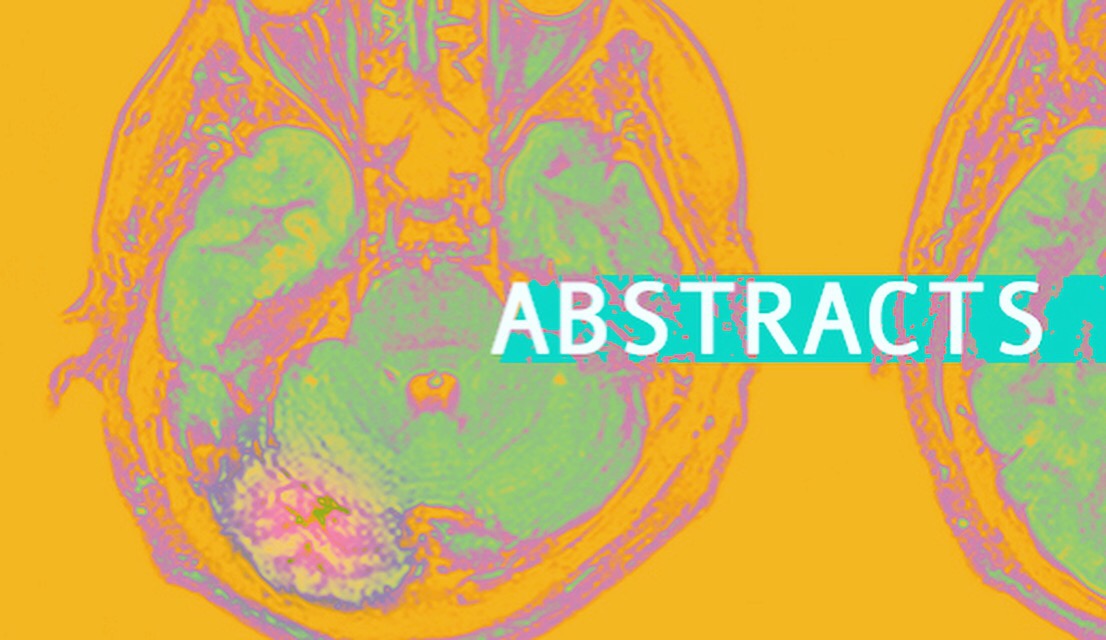Social media could address the gender gap in neurosurgery
- Emma Jane Norton
- Soham Bandyopadhyay
- Jigishaa Moudgil-Joshi
- on behalf ofThe Neurology and Neurosurgery Interest Group
Published:March 16, 2020DOI:https://doi.org/10.1016/S1474-4422(20)30080-6PlumX Metrics
The proportion of UK medical staff who are female, particularly doctors, has increased every year for the past decade. Nonetheless, women continue to be under-represented in surgical specialities. This under-representation is most evident in neurosurgery, trauma and orthopaedic surgery, and cardiothoracic surgery, where only around 18% of surgeons are female. Notably over the past 10 years, the proportions of women in the disciplines of trauma and orthopaedic surgery and cardiothoracic surgery have increased, in line with the majority of other medical specialities; however, this is not the case in neurosurgery.1 In honour of International Women’s Day on March 8, 2020, we propose that social media be used to help rewrite this narrative and increase female representation in UK neurosurgery. We emphasise that we do not want neurosurgery to attract women simply to tick a box, but because we truly believe that neurosurgery should be attractive to the best candidates regardless of their gender, ethnicity, and other social categories.We must first try to understand the barriers facing women attempting to pursue neurosurgery. We speculate—because little formal research exists—that concerns surrounding stereotypes, male dominance, discrimination, and the perceived work–life sacrifices necessary to pursue a career in neurosurgery could be dissuading female students from a career in this field.2 We propose social media as a tool to provide role-models, and mentors, which might not be available to students at their educational institutions. This representation would allow the reality of being a woman in neurosurgery—both its rewards and challenges—to be accessible to the general public, as well as medical students in the earlier stages of their training. Access to this reality could potentially tackle societal biases regarding the typical neurosurgeon. Connectivity through social media also provides students with the opportunity to seek information from future colleagues and mentors. Working bidirectionally, social media also allows future mentors to get a glimpse of how students want to be perceived.
READ MORE: https://www.thelancet.com/journals/laneur/article/PIIS1474-4422(20)30080-6/fulltext


